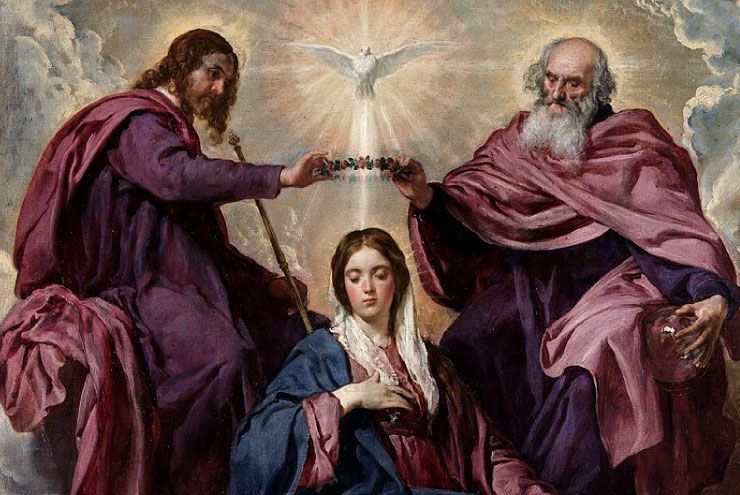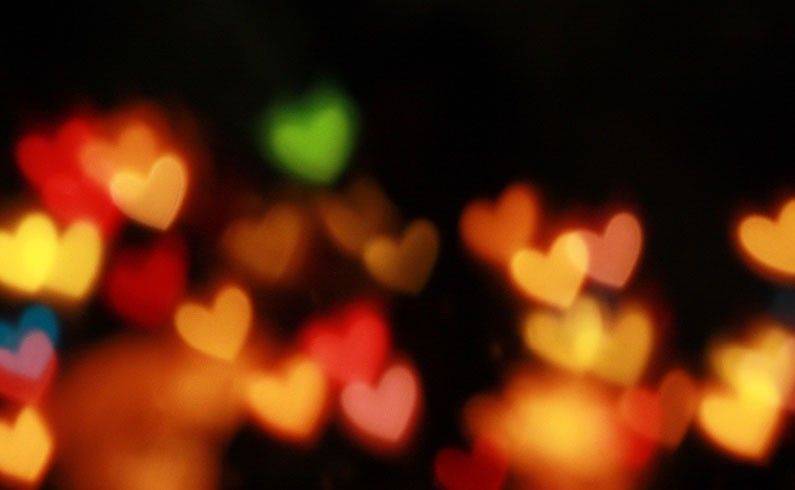By Kelly M. Marshall
Yin and Yang. Shiva and Shakti. God and Goddess. Man and Woman. Modern spiritual practices go on ad nauseam about these concepts of the “divine masculine” and “divine feminine.” While these paradigms have infused our spiritual and religious ideologies and dogma for as long as we have been a cultured species, this attachment to binary gender archetypes is, in reality, a very new concept that stems from Western colonialism and modern Judeo-Christian ideas, rather than humanity’s religious, indigenous, and spiritual history.
What’s wrongfully overlooked is the notion of the “divine non-binary,” a figure documented since ancient Sumer, Babylon, and Mesopotamia. Most prominently, the divine non-binary is referenced when the Mesopotamian goddess Inanna/Ishtar traveled to the underworld to try and wrest control of it from her sister, Ereshkigal, and she was struck dead for her hubris. A transgender being called Asu-shu-namir was sent to the underworld to sooth Erishkigal and revive Inanna/Ishtar with the Water of Life. Together, the goddess and Asu-shu-namir escaped from Erishkigal’s demesne, but not before the Goddess of Hell cursed Asu-shu-namir and all of their descendants (the LGBTQIA+ community) to reside in the shadows and to bear the hatred of others.
This myth undergoes many iterations and versions, but the various interceding divine beings that soothe Erishkigal’s anger and revive Inanna/Ishtar are always portrayed as gender non-conforming, intersex, or transgender in some way.
This story is only the beginning of a long history of gender non-conforming deities and expressions of religious/spiritual gender transgression. What follows is an incomplete list across history and cultures:
Agdistis/Cybele/Kybele: An Anatolian intersex deity born from Zeus and Gaia who struck fear into the hearts of the Greek pantheon. While they were sleeping, Dionysus was said to have castrated them in order to take away their power. However, the blood from their severed genitalia sprouted the first almond trees.
Aphroditus/Hermaphroditus: Purportedly the offspring of Hermes and Aphrodite, or also a transgender version of Aphrodite.
Lakapati/Ikapati: Tagalog transgender goddess of fertility and agriculture.
Sidapa: Philippine deity who is sometimes depicted as male and sometimes as female.
Ardhanarishvara: A Hindu deity whose name means “Lord who is half woman,” in Sanskrit. Ardhanarishvara is Shiva and Parvati made into one being. The symbolic intent of this deity is to show that the concept of “male” and “female” are one and the same.
Even among the communities where pantheons of these deities are still worshipped today, the gender binary presides. In the Pagan community, most spaces and spiritual practices are centered around the divine feminine/masculine polarity and include gendered roles and hierarchy, outdated patriarchal customs, and even outright transphobia in the older traditions.
The concept of two distinct genders with no space for variance is something that can be attributed to the influence of the Roman Catholic Church, the Crusades, the Renaissance, and finally the dissemination of Christian colonialism throughout older and indigenous cultures.
Yet it’s strange to me, as a non-binary individual, to conceptualize the divine as a wholly masculine or feminine force, or that we must conceptualize the blending of these two forces in order to conceive of creation. While it may make sense from a biological or alchemical standpoint, it also comes across as anthropomorphizing an incalculable force that comprises everything in reality, including the liminal spaces between.
As Sabrina Scott discusses in her book Witchbody, the experience of magic, or the ongoing communication with the divine, occurs between bodies. Human bodies, non-human bodies, object bodies, and the relationships between them. Indeed, one’s experience of the divine is not found necessarily in the worship of a far-off heavenly body with this idealization of a polarized and fixed “flavor” of dark, lunar, cool, mysterious feminine or bright, solar, hot, expressive masculine. It’s to be found in our relationships to these archetypes, to these beings, to these bodies of qualities. It’s found in the movement and communication of emotional, mental, physical, and spiritual energy between these concepts, both imagined and concrete. Physical and non-physical. We all possess both within us, and neither within us, simultaneously. As Walt Whitman says, we contain multitudes. We contradict ourselves.
When discussing the vast expanse that is inside and outside of ourselves, and the relationships between them (which is one and the same) we must not be confined to the gender binary. Instead, we must embrace that which exists in the in-between. We must make space for the spiritual forces that reflect who we are and how we love. We must pave the way for the non-binary divine.
Further suggested reading:
Witchbody by Sabrina Scott
Queer Magic: LGBT+ Spirituality and Culture from Around the World by Tomas Prower








or10n
December 29, 2019 at 11:30 AMAmaterasu and Tsukuyomi also represent an inversion of the lunar-femme and solar-masc divine archetype. Personally, I associate with lunar-masc energies more.